Breastfeeding is a natural and remarkable way to nourish your newborn bundle of joy, and it can even offer a ton of advantages that contribute to their overall well-being and development! Breast milk is one of the best sources of nutrition for most babies, as a mother’s breast milk changes to meet the baby’s nutritional needs by adapting its composition to provide the necessary vitamins, minerals, and fats for their growth. A mother’s milk contains antibodies, which help babies develop a strong immune system and protect them from illnesses. However, a new baby’s birth can also bring along many questions, like how soon and often to feed the baby, if the baby is latching correctly, getting enough to eat, and more. So, here are a few things to keep in mind as you begin to think about breastfeeding.
Breastfeeding can start as soon as the first hour after birth; however, during the first week, frequency and duration will likely vary. A mother’s milk comes in around days two to four, and the baby will nurse 8–12 times a day, usually for the first few weeks. The good news is that this frequent feeding helps initiate and build your milk supply! Also, your baby will begin to show hunger cues such as sucking their lips, stirring in their sleep, or poking their tongue out. Over time, bonding with your little one will help you learn more about them, and the cues will be easier to detect. We should also point out that you can’t overfeed a breastfeeding baby, so don’t worry about feeding them for as long as they would like.
When it comes to latching, good attachment is the most important for getting breastfeeding off on the right foot. As your baby is latching, aim your nipple towards the roof of their mouth. It should feel comfortable and more of a tugging sensation rather than a painful one. Signs of a good attachment are if your baby’s lips are turned out, their tongue is cupped under your breast, and if their chest and stomach rest against your body. If you are struggling to have a stronger latch, try letting your baby lead and find the nipple on their own.
Breastfeeding can be challenging, and some mothers may face mastitis, low milk supply, and cracked or sore nipples. You may just decide to give your baby formula because of medical conditions such as PCOS or hypoplastic breasts or just out of preference. Some babies can have a hard time establishing a latch and milk supply after being admitted to the NICU, and of course, certain lifestyle factors and personal circumstances can also play a role. For example, some mothers may need to return to work shortly after giving birth, and the lack of supportive workplace policies and adequate pumping facilities can make it challenging to continue breastfeeding.
Whatever the reason, it is important to recognize that every mother’s situation is unique. While breastfeeding can be beneficial, each mother should have the freedom to make the choice that best suits her and her baby’s needs. Support and understanding, regardless of the decision, can help ensure the well-being and bonding of both mother and child.
Breastfeeding is between you and your baby, so whether you decide to breastfeed or you chose to use formula, enjoy this new chapter in you and your baby’s life. If you are still struggling or uncomfortable, remember that you can always reach out to your midwife, doctor, or utilize online resources!
Safe Space
